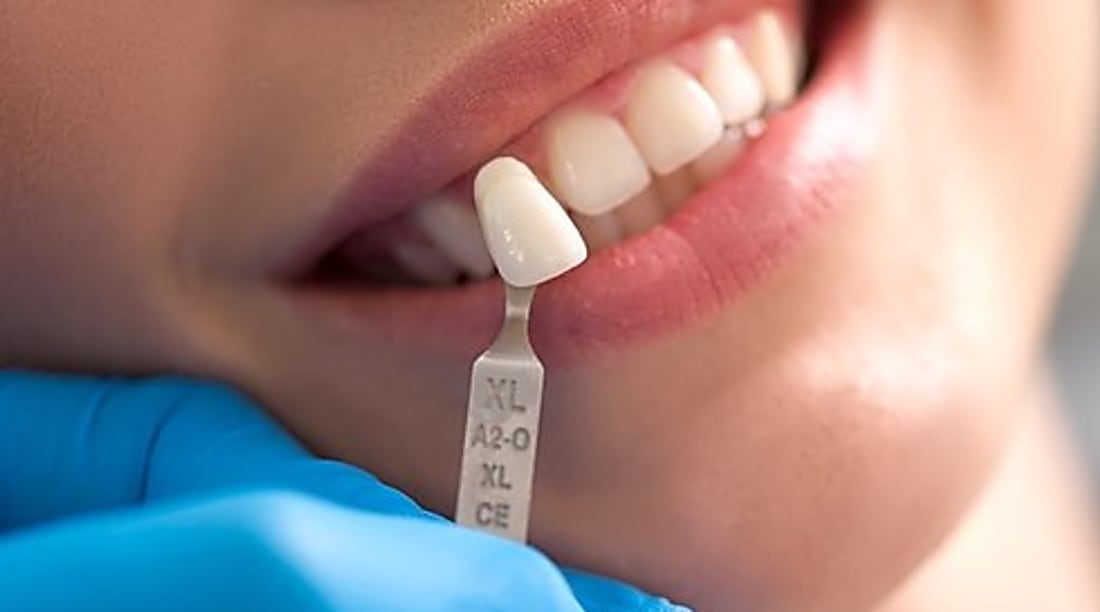Restore Your Smile with Permanent Dental Implants Today
Dental implants offer a durable solution for missing teeth by acting as artificial roots that fuse with the jawbone through osseointegration. This comprehensive guide explains how implants work, who qualifies, the step-by-step treatment process, expected costs, benefits, and aftercare tips to help you decide if implants are the right long-term choice for your oral health.

How dental implants function
Dental implants replace lost teeth by serving as artificial tooth roots made from biocompatible metals (commonly titanium). After placement in the jaw, the implant undergoes osseointegration — a natural process where bone cells grow onto the implant surface, anchoring it firmly to the jaw. This biologic union creates a stable foundation for crowns, bridges, or denture attachments that look and perform much like natural teeth. Because the implant becomes part of the bone rather than remaining a foreign object isolated from surrounding tissue, it offers long-term stability for restorations.
Who is a suitable candidate?
Good candidates generally have healthy gum tissue and adequate jawbone volume to secure an implant. If the bone is too thin or soft, a bone graft or ridge augmentation can rebuild the area to allow successful placement. Candidates must also commit to diligent oral hygiene and routine dental visits to protect implant health over time.
Certain health conditions can influence candidacy. Poorly controlled diabetes, significant heart disease, or other systemic medical issues can raise the risk of complications or impair healing. Tobacco use also reduces success rates by limiting blood flow and slowing tissue repair. Your dentist or oral surgeon will evaluate your medical and dental history, take diagnostic images (X-rays or CBCT scans), and recommend whether implants are the best option for you.
What to expect during treatment
Implant therapy usually proceeds in stages spread over several months to ensure optimal healing and durable results.
-
Initial evaluation: A detailed exam with X-rays and frequently 3D cone-beam imaging helps your clinician assess bone quantity and quality, plan precise implant positioning, and identify any preparatory procedures.
-
Bone grafting (if needed): When the jaw lacks sufficient volume, grafts or sinus lifts can rebuild the site. These preparatory procedures add healing time before implant placement.
-
Implant placement: The surgeon inserts the titanium post into the jawbone. Following placement, a healing interval of several months is allowed so osseointegration can take place.
-
Abutment connection: After the implant has integrated with the bone, an abutment (a connector) is attached to support the final prosthetic.
-
Final restoration: A custom-made crown, bridge, or implant-retained denture is fabricated to match your teeth and secured to the abutment.
Timelines vary by patient and complexity, but staging the treatment enhances predictability and long-term success.
Benefits of choosing dental implants
- Natural appearance and function: Implant-supported restorations are designed to look and act like real teeth, allowing comfortable chewing, clearer speech, and confident smiling.
- Preservation of surrounding teeth: Unlike conventional bridges, implants do not require grinding down adjacent healthy teeth, helping you retain natural tooth structure.
- Long lifespan: With excellent home care and regular professional checkups, implants can last many years and often a lifetime.
- Convenience: Implant-supported prosthetics eliminate the need for removable dentures and adhesives.
- Jawbone maintenance: Implants stimulate the jaw in a way similar to natural roots, reducing the bone loss that typically follows tooth loss.
Costs and financial considerations
Total cost depends on factors such as how many teeth are being replaced, whether bone grafting or sinus augmentation is necessary, the type of final restoration, and geographic pricing differences. Approximate ranges are:
- Single-tooth implant: $3,000 - $4,500
- Implant-supported 3-tooth bridge: $5,000 - $15,000
- Full-arch reconstruction: $20,000 - $50,000+
These are general estimates and can vary. Although implants usually require a larger initial investment than removable dentures or traditional bridges, their durability and the long-term oral health advantages can make them more cost-effective over time. Many dental insurers are beginning to cover portions of implant therapy — check your plan. Dental practices frequently offer financing options or payment plans to help spread out costs.
Caring for dental implants
Maintaining implants closely resembles caring for natural teeth. Recommended habits include:
- Brushing twice daily with a soft-bristled brush to remove plaque around the implant and restoration.
- Flossing once a day, paying attention to the area around the abutment and crown.
- Using interdental brushes, water flossers, or other tools to clean tight spaces as recommended by your dental team.
- Avoiding abrasive pastes and harsh mouthwashes that may irritate soft tissues or wear prosthetic surfaces.
- Keeping regular dental appointments for professional cleanings and to monitor gum health and implant stability.
With consistent home care and professional oversight, dental implants demonstrate excellent long-term success rates.
Final considerations
Dental implants are a dependable, natural-looking solution for replacing missing teeth that can restore oral function and help preserve jawbone health. The process requires careful evaluation, possible preparatory procedures such as bone grafts, surgical placement of the implant, and a healing phase before the final restoration is attached. While treatment time and cost are important factors, the benefits — durability, preservation of surrounding teeth and bone, and improved quality of life — make implants a compelling choice for many patients. Consult a qualified implant dentist or oral surgeon to review your individual case and design a treatment plan tailored to your needs.






